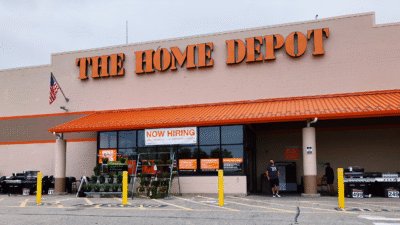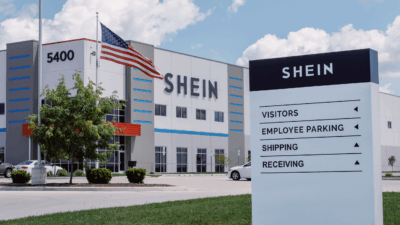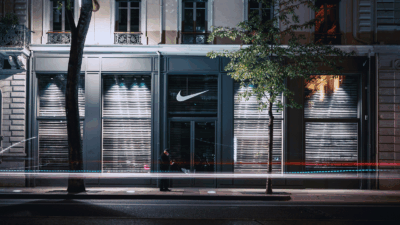Sign up for smart news, insights, and analysis on the biggest financial stories of the day.
This Christmas, after nine months of isolation and few options to spend disposable income, America is splurging on holiday lights, trees, lawn displays, ornaments and just about any knick-knack that symbolizes the fun comforts of a normal year.
New York resident René Hauser summed up everyone’s feelings perfectly in an interview with Fast Company: “We did a lot more decorating both inside and outside the house because 2020 sucked.”
The Statistics Of The Season
Just how many more boxes of tinsel are we talking about? Hauser said she spent five times more on decorations than normal. Overstock.com has seen 134% growth in holiday decor compared to last year. Professional decorators have reported their best years in over a decade.
And no item is more popular than the Christmas tree. Although national statistics are difficult to track, signs pointed to one of the busiest Christmas seasons ever for the tree industry.
- Tree farmers in Michigan have experienced a 50% increase in demand compared to normal years.
- In early December, New York City vendors were on pace to sell twice as many Christmas trees as in 2019.
- Artificial tree company Balsam Hill’s sales are up 50%, a spike that started way back in July.
Inside The Christmas Tree Industry
Speaking of artificial trees, they have become far more popular than real ones.
Americans display about 96 million Christmas trees a year, and according to The Hustle about 81% of those trees are fake.
- Annual sales of artificial trees increased from about 4 million in 2004 to 25 million in 2019. The number of real trees sold annually is about 25 million, too, and has stayed flat for several years.
Because 2020 is not a typical year real trees may have an advantage. A spokesperson for the National Christmas Tree Association told Fast Company “People are coming on tree lots and saying, ‘I haven’t had a tree in 10 years, but I want one this year.’”
The Takeaway: But particularly as Christmas drew closer, tree farmers have been limited by supply. They start forecasting the market 10 years out.











